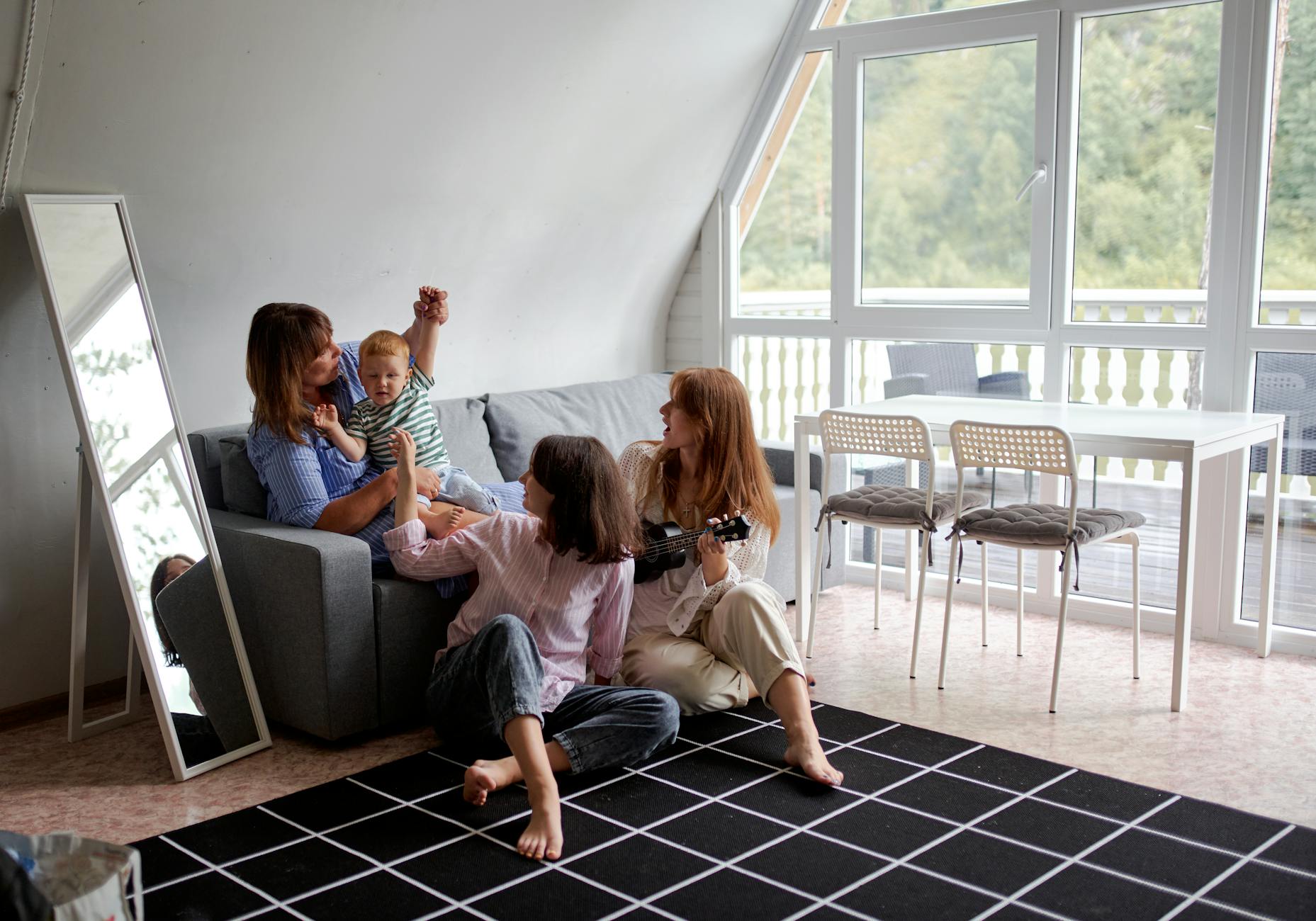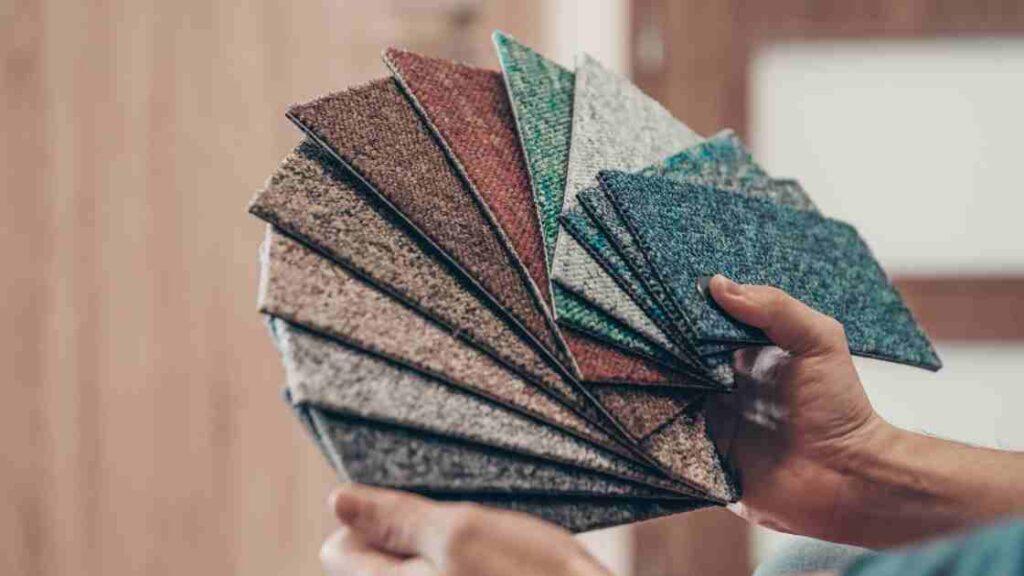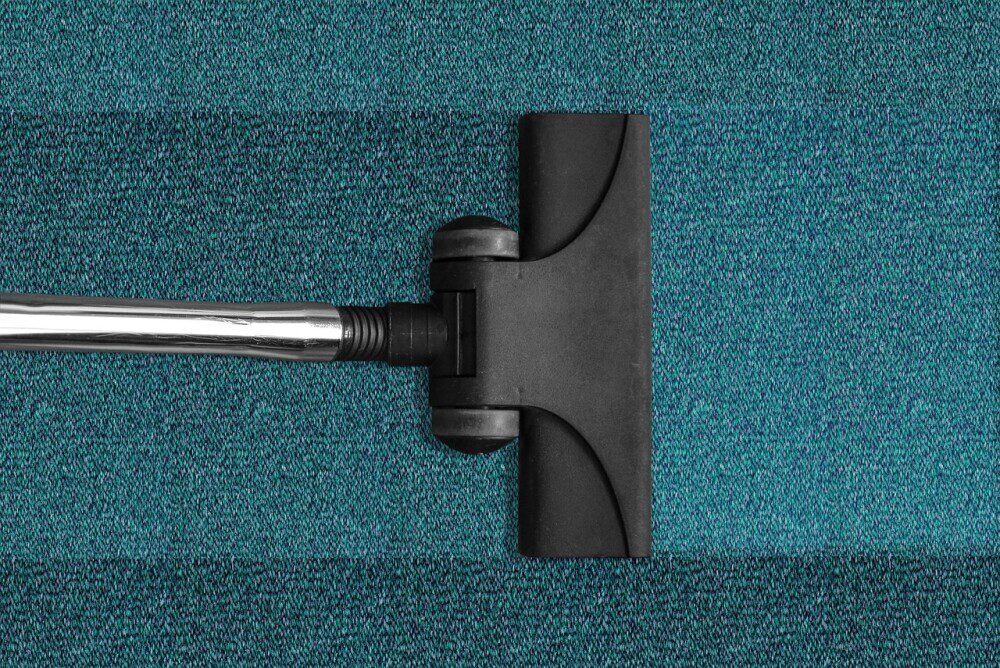What is the R-value of carpet with different types of fibres?
When it comes to keeping your home warm and your energy bills low, insulation is crucial. Carpeting can be a significant component of your home’s insulation, and the R-value is a term you’ll want to understand because the type of fibre in your carpet plays a pivotal role in its overall R-value. It’s especially important if you’re seeking comfort underfoot and energy efficiency. Also, when you’re picking out carpet for your home, you might hear the term “R-value.” But what does that really mean? What is the R-value of carpet? Let’s break it down, especially focusing on how different carpet fibres impact this key feature.

What is R-Value of Carpets?
R-value measures a material’s ability to resist heat flow, simply put, R-value is a measure used to express how well a material resists the flow of heat. The higher the R-value, the better the material can insulate. For carpets, R-value is like the blanket of comfort it gives underfoot. It helps keep your space warmer in winter and cooler in summer, contributing to energy efficiency and comfort.

Photo by Sergey Makashin
What Does R-Value Measure?
The R-value measures thermal resistance, impacting how well a carpet retains warmth in your home. In colder climates, a carpet with a higher R-value can make a room feel cosier by reducing heat loss. It directly correlates with energy efficiency, potentially lowering heating costs by minimising the need for additional heating sources.
Factors Affecting R-Value in Carpets
Several factors influence a carpet’s R-value:
- Carpet Thickness: Thicker carpets generally have higher R-values due to the increased insulating material.
- Density: Dense fibres trap air more effectively, enhancing insulation.
- Type of Backing: Certain backings provide added insulation, boosting the overall R-value.
R-Value Based on Carpet Fibre Types
Various types of fibres are used in carpets, each offering different R-value characteristics. Below, we explore how some common fibre types affect a carpet’s insulating properties.

Nylon Carpets
Nylon is widely used in carpets for its durability and resilience. While not the top performer in R-value, nylon has a decent thermal resistance suitable for moderate climates. Carpets made from nylon typically provide an R-value that helps maintain a comfortable environment without overheating. Nylon carpets typically have an R-value between 1.0 to 2.0. While that’s decent, they might not provide the plush warmth you desire, especially in colder climates.
- Size: 100 cm x 150 cm |Pile: 0.2 in.|Color: Seafoam
- Material: Nylon | Rubber Backing
- Machine Made in Turkey|OekoTex Certified
Polyester Carpets
Polyester carpet bring a balance of affordability and comfort. They often have better R-values compared to nylon, making them a popular choice for those looking for a boost in insulation without breaking the bank. Polyester fibres can effectively trap heat, enhancing the cosy feel of a room. Polyester Carpets Polyester is known for its softer feel and vibrant colours. Its R-value usually ranges from 2.4 to 3.0. This means that polyester carpets can offer more warmth compared to nylon. When you step on a polyester carpet, it feels like sinking into a soft cloud—this is partly due to its better insulating properties.
- Shaggy Soft Material: Size: 160×230 cm, velvet surface and sponge interlayer provide this shaggy rug a comfortable feature and 4.5 cm high pile achieve great texture and hand feeling, so that you can stay away from the cold and hard floor even barefoot in winter
- Safe Non-slip Bottom: Our fluffy area rugs bottom design with countless non-slip plastic beading dots, a soft and warm carpet is a great choice for family party on the floor. It’s really safe to walk, sit or lay on this rug, and children and pets can play freely on it
Wool Carpets
Wool is like the gold standard for carpets when it comes to warmth and comfort. With an R-value that can climb up to 2.5, wool carpets not only feel luxurious but also keep the room cozy. Plus, wool is natural and breathable, adding to its appeal. Wool is a natural insulator, and carpets made from wool tend to offer higher R-values. Thanks to its structure, wool fibres trap air, providing excellent thermal resistance. Wool carpets remain a popular choice for insulation in homes, especially in areas that face extreme cold.
- QUALITY: High-quality hand-woven carpet made from pure wool
- DESIGN: Handcrafted for a unique and authentic look
- MATERIAL: Natural warmth and softness of wool fibers
- EASY CARE: Easy to clean and maintain for long-term beauty
- SUITABLE: Available in different sizes to suit different room sizes
Olefin Carpets
Olefin, or polypropylene, is a budget-friendly option. Its R-value typically hovers around 1.0 to 1.5. While it’s economical, particularly for high-traffic areas, it doesn’t offer much in terms of insulation. Think of it as a decent jacket—great for a chilly day, but not for a freezing one.
- NEED A RUG FOR YOUR LIVING ROOM FLOOR ? – Super soft short pile flat weave feeling. Viceroy Bedding short pile area rugs are elegant in texture and soft to the touch. This carpet mat provides a tranquil refuge for your family to rest their body and mind after a hectic day. This rug adds the finishing touches to the room ! Available in 6 sizes. Soft, Non Static, Pet & Kids Friendly. Tested for harmful substances in accordance with OEKO-TEX STANDARD 100
Choosing the Right Carpet for Insulation
Selecting the right carpet for your home involves considering various factors beyond just aesthetics. Here’s how you can make an informed choice.

Considerations for Homes
When choosing a carpet, think about your climate and the specific rooms you’re carpeting. In colder areas, prioritise higher R-values, particularly in frequently used rooms like the living room or bedrooms. For less-used areas, you might opt for more budget-friendly options without high R-values.
Impact on Energy Bills
A carpet with a suitable R-value can significantly impact your energy bills. By enhancing the thermal resistance of your flooring, you’ll need less energy to maintain a comfortable temperature. It’s an investment that pays off in the long run, adding both comfort and savings.
Conclusion
The R-value of a carpet is an essential factor in determining its effectiveness as an insulator. Whether you opt for the natural warmth of wool or the affordability of polyester, understanding the role of R-value and fibre types helps you make the best choice for your needs. Selecting the right carpet can transform your home’s energy efficiency, offering warmth and savings.
Ready to save on your energy bills? Explore our blog for more energy-saving tips. Do you have any favorite energy-saving hacks? Share them in the comments below!






















